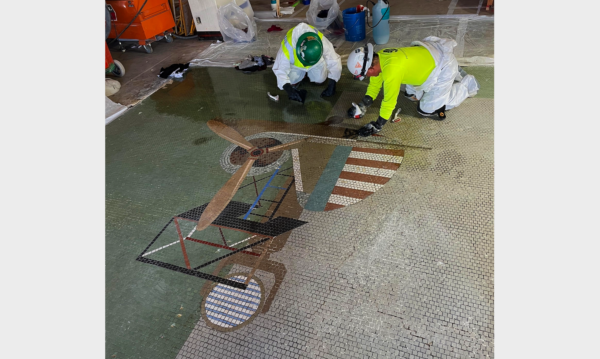By Steven Price
We live in an interconnected world, where technology can be both a boon and a bane. With our reliance on tech and its many helpful features, cybersecurity has become more than a mere suggestion, it’s become a necessity. Each advancement in the digital landscape expands the realm of potential threats and vulnerabilities as well. This is where cybersecurity risk assessments step in as the modern-day shields that fortify your digital infrastructure.
Let’s delve into the world of these risk assessments, exploring their significance, components, and the indispensable role they play in securing your business.
Why opt for a vulnerability and cybersecurity risk assessment?
As technology infiltrates every facet of business operations, the exposure to cyber threats multiplies exponentially. A risk assessment serves as a proactive approach to identify, evaluate, and mitigate potential vulnerabilities that could compromise your organization’s digital assets.
By understanding the risks that loom over your systems, you gain the ability to implement targeted security measures, thereby safeguarding sensitive information, maintaining operational integrity, and upholding the trust of your clients.
Benefits of a comprehensive risk assessment package
A robust cybersecurity risk assessment package encompasses an array of crucial components. From meticulous penetration testing to in-depth vulnerability scanning, it provides a holistic view of your organization’s digital landscape — check it out:
Vulnerability identification
Through thorough scanning and testing, vulnerabilities in software, hardware, and network configurations are unveiled. This step shines a light on the potential entry points for malicious actors.
Risk evaluation
Not all vulnerabilities are equal in terms of their potential impact. A cybersecurity risk assessment categorizes vulnerabilities based on severity and potential consequences, helping you prioritize actions.
Penetration testing
This hands-on approach simulates real-world attacks to assess the actual resilience of your systems. It identifies how potential threats could exploit vulnerabilities and provides actionable insights to enhance security and prevent the threats from becoming a reality.
Threat modeling
By dissecting potential attack vectors and their associated risks, you gain a clearer understanding of the specific threats that could compromise your organization.
Regulatory compliance
A comprehensive risk assessment ensures that your organization adheres to industry-specific regulations and standards, preventing costly penalties and legal issues.
Unraveling the workings of cybersecurity risk assessments
A cybersecurity risk assessment typically follows a systematic process:
1. Scoping: Define the scope of the assessment, including the systems, networks, and assets to be evaluated.
2. Threat identification: Pinpoint potential threats, vulnerabilities, and attack vectors relevant to your organization’s environment.
3. Vulnerability assessment: Employ automated tools to scan and identify weaknesses in software, hardware, and network configurations.
4. Risk analysis: Evaluate the identified vulnerabilities based on their potential impact and likelihood of occurrence.
5. Penetration testing: Conduct controlled attacks to ascertain the effectiveness of security measures and identify potential breach points.
6. Risk mitigation: Develop a comprehensive strategy to address and mitigate identified risks, which may involve technical, procedural, and organizational changes.
Embracing the need for ongoing evaluation
The digital landscape is dynamic and ever-evolving, with new threats emerging regularly. Therefore, the need for periodic risk assessments is imperative. By evaluating your systems consistently, you stay ahead of potential vulnerabilities and can adapt your security measures accordingly.
Tech Rockstars: Your guardians in a digital world
In an era where data breaches and cyberattacks have become commonplace, the importance of cybersecurity risk assessments cannot be overstated. These assessments provide the insights necessary to identify vulnerabilities, evaluate risks, and implement robust protective measures.
By partnering with experts like Tech Rockstars, you pave the way for a secure digital future, ensuring that your business remains resilient in the face of an ever-changing cyber landscape.







